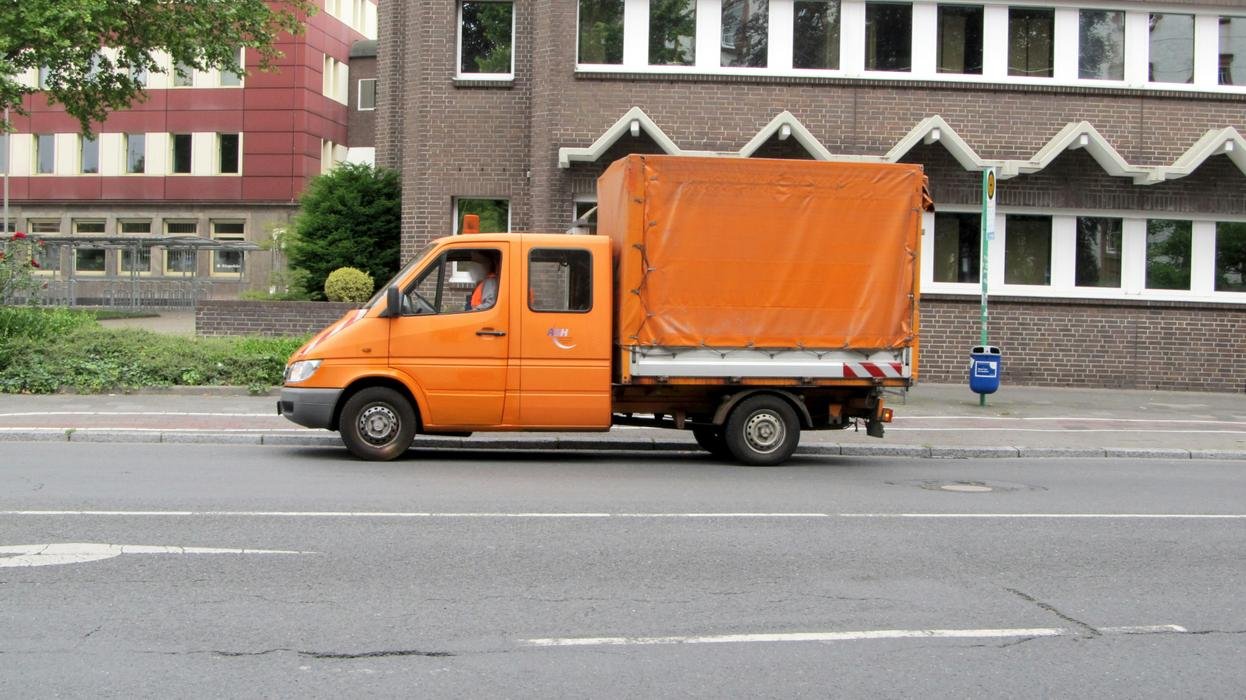How to Plan a Successful Move in Just 30 Days: A Complete Guide
Moving can be one of life’s most stressful events, and doing it within a tight timeframe can feel overwhelming. However, with a well-structured strategy, you can achieve a successful move in just 30 days. This guide will walk you through essential steps and tips on how to plan a successful move in just 30 days, ensuring a smooth transition to your new home.
Week 1: Planning and Preparation
Create a Moving Checklist
Your first step in planning a successful move is to create a comprehensive moving checklist. Make a list of tasks to complete each week leading up to the move. This checklist will serve as a guide to keep you organized and on track. Be sure to include:
- Setting a moving date
- Budgeting for the move
- Choosing a moving company or rental truck
Budget Your Move
Financial planning is crucial when answering the question of how to plan a successful move in just 30 days. Determine your moving budget, taking into account:
- Moving truck rental fees
- Packing supplies (boxes, tape, bubble wrap)
- Insurance for your belongings
- Professional moving services, if needed
- Additional costs for cleaning or repairs in your current home
Research Moving Companies
If you’re considering professional help, start researching moving companies. Gather quotes from at least three different services and read customer reviews. Ask questions about their services, insurance options, and any hidden fees. Book early to ensure you secure your preferred moving date.
Notify Important Parties
Don’t forget to inform essential parties of your move. This includes:
- Your landlord or property manager (if you are renting)
- Utility companies (electric, water, gas, internet)
- Subscribers (newspapers, magazines)
- Friends and family
Week 2: Declutter and Start Packing
Declutter Your Home
An important tip on how to plan a successful move in just 30 days is to declutter your belongings. Go through each room and categorize items into three groups: keep, donate, and discard. This will reduce the number of items you need to pack and transport, saving both time and money.
Gather Packing Supplies
Once you know what you’re keeping, gather your packing supplies. This includes:
- Boxes of various sizes
- Packing tape
- Bubble wrap or packing paper for fragile items
- Markers for labeling boxes
You can often find free boxes at local stores or through community groups.
Start Packing Non-Essentials
Begin packing items that you won’t need until after the move, such as seasonal clothes, books, and decorative items. Label each box with its contents and the room it belongs to, making unpacking easier.
Week 3: Finalize Details and Continue Packing
Confirm Moving Arrangements
A week into your move, confirm your arrangements with the moving company or rental truck service. Double-check the details, including the pickup and drop-off times, and ensure that any special requests have been noted.
Notify Utility Companies and Change Address
Contact utility companies for disconnection on your moving day and reconnection at your new home. Ensure that your address change has been submitted to the post office as well as any subscriptions or services you use.
Organize Important Documents
Collect important documents, such as medical records, financial statements, and your moving contract. Keep these documents in a dedicated folder that travels with you instead of being packed away.
Continue Packing
Follow up on packing your non-essential items. As your move date approaches, start packing daily essentials and leave only the items you need for the last few days.
Week 4: Moving Week
Finish Packing
By now, you should be nearing the finish line. Complete your packing a day or two before the move. This includes toiletries, snacks, and last-minute essentials. Consider packing a separate box or bags for the first night in your new home with items you’ll need immediately.
Clean Your Current Home
After you move out your belongings, take some time to clean your current home or schedule professional cleaning. This will ensure you leave a good impression if you’re renting and may help recover your security deposit.
Final Walk-Through
Before you leave, do a final walk-through to ensure nothing is left behind. Check all rooms, closets, and cabinets for forgotten items.
Moving Day: Tips for Success
Early Start
On moving day, start early. Have a solid plan for the order of loading and unloading to maximize efficiency.
Supervise the Move
If using a moving company, supervise the process. Ensure fragile items are handled carefully and that the crew follows your directions.
Final Check at Old Home
Before you leave, double-check your old home once more to avoid leaving anything behind.
After the Move: Settling In
Unpack Essentials First
When you arrive at your new home, unpack essential items first. Set up your kitchen and bathroom to make settling in easier.
Get to Know Your Neighbors
Take the time to introduce yourself to your new neighbors. Building a relationship can provide a sense of community and support as you settle in.
Update Your Address
Ensure you’ve updated your mailing address with important institutions (banks, workplaces, etc.).
FAQ Section
Q1: How can I successfully move in 30 days?
A: To plan a successful move in just 30 days, start by creating a checklist, budget your move, and begin packing non-essentials early. Declutter your belongings and confirm arrangements with your moving service.
Q2: What’s the best way to budget for a move?
A: To budget for a successful move in just 30 days, consider expenses such as moving truck rental, packing supplies, and potential hiring of professional movers. Account for any additional costs that may arise during your moving process.
Q3: What should I pack first when moving?
A: When learning how to plan a successful move in just 30 days, pack non-essentials first, such as seasonal items, books, and decorations. Leave essential daily items for the last few days.
Q4: How can I make moving less stressful?
A: A well-structured plan is key to a successful move in just 30 days. This includes organizing your packing, starting early, and ensuring clear communication with movers and utility companies.
Q5: How do I handle a last-minute move?
A: If facing a last-minute move, stay organized by creating a focused checklist on how to plan a successful move in just 30 days. Prioritize tasks and gather help from friends or family to keep things manageable.
By following this comprehensive guide on how to plan a successful move in just 30 days, you can mitigate stress and make your transition as smooth as possible. With careful planning and organization, you’ll settle into your new home in no time.












No Comments
Sorry, the comment form is closed at this time.